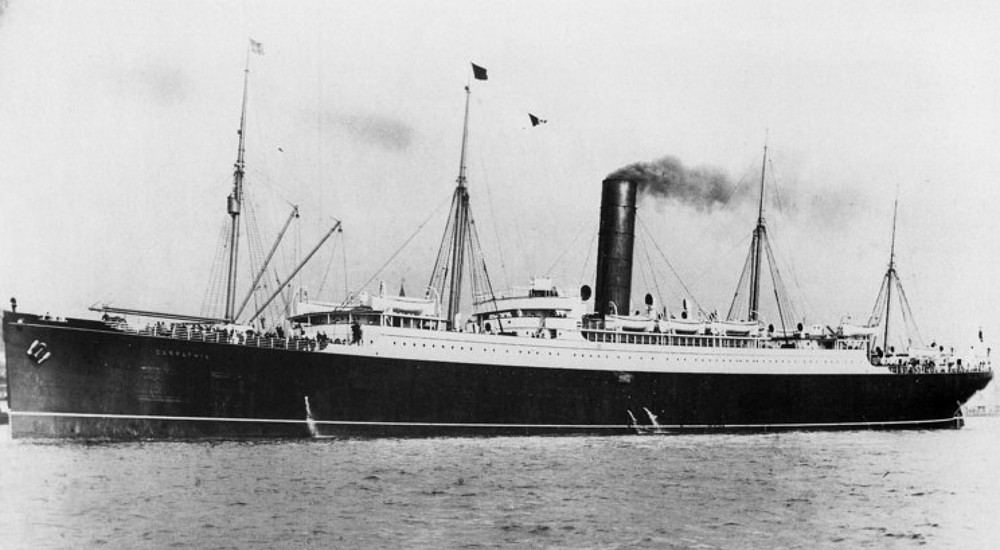We recently undertook research for a family involved in shipping. Some members of the family were master mariners and as part of our research we used a resource less commonly used – the ‘Shipping agreements and Crew lists 1863-1921’, available on microfilm in the National Archives. The shipping records name the ship and many other details including its official number, the port of registry and when it was registered, the owner and their address, the master’s name, age and place of birth, and the same information for the rest of the crew. These were merchant ships so all those enumerated on board were employed by the ship’s owner. There is one catch in all of this – the card index to the shipping records is arranged alphabetically by the name of the ship – so you do have to know the name of the ship that your ancestor worked on. As with many aspects of genealogy there are ways and means of getting round this obstacle! Shipping returns were recorded for any ships docked in harbours at the time of a census. The shipping returns will record the name of the vessel and the master and crew on board. Finding your ancestor onboard ship in a census you can then go and trace the ship and its crew in the National Archives. Do remember that the ships were going back and forth between Ireland and ports in England, Scotland and Wales, so that you may pick up a crewman in one of the 19th century UK censuses which is how we ultimately were able to further our research.

On the subject of ships this 17th of July marks the 103rd anniversary of the sinking of the RMS Carpathia. This ship was made famous by its race to aid the sinkingTitanic in 1912 and was responsible for rescuing 705 survivors. The Carpathia was sunk by a U-boat off the coast of Ireland in 1918. The website www.uboat.net gives details of a number of Irish ships torpedoed by U-boats in the first and second World Wars.
By, Expert Researcher
Helen Moss